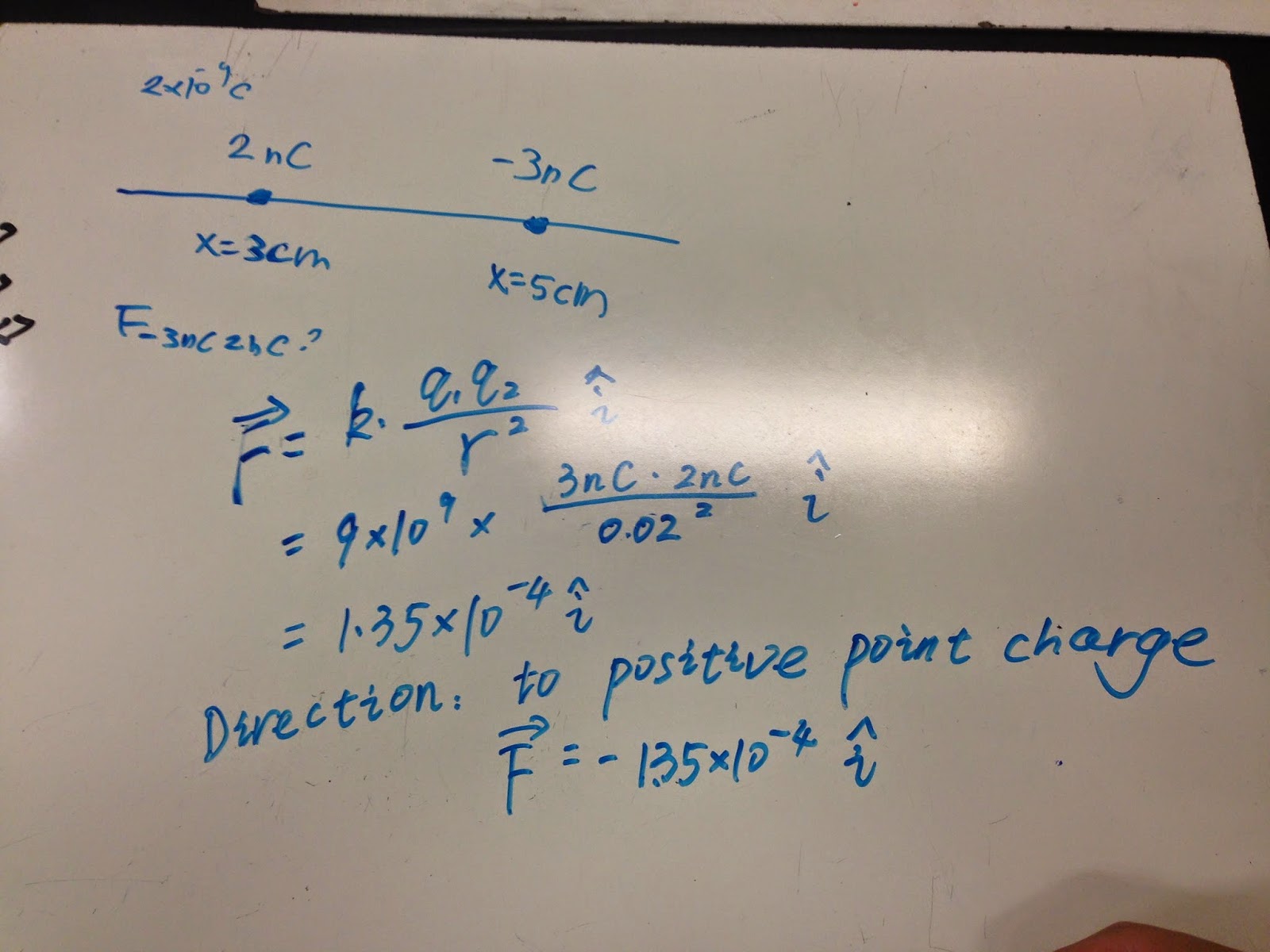Then we use tht balloon will be rubbed with a silk cloth, then we find that it sticks to the glass wall again.
The results of these show that after the balloon was rubbed, it can produce charge. and becasue of thse charge, the balloon become sticky.
in this photo, in A and B we describe what happen in the two videos. In C, my observations are consistent with the hypothesis that there are two types of charges.
In D, hypothesis is false, charges can be conducted by plastic.
In the left of the photo, we can calculate the angle=sin^(-1)(X2/L)
In the right of the photo, we did the exerices in the lab manual.
in this photo, we make a sketch of a graph of F and r. and use the equation:F=A*r^B and find B=-2, A=Gm1m2. In the second photo, we did the graph in logger pro and curve it .
in this photo, we did an experiment usng the equipment in the photo. And we give power in it, we find that the paper is all floating.
Then we put another equipment on it, we find it will rotate。
In this photo, we want to find the relationship between F1 which worked by eletrons and F2 which worked by earth. Conclusion:Today in class, we did many experiments that about charges caused by electrical forces that cause an object to either attract or repel. we use Coulomb's law to measure the electrical force which is found to be greater than gravity.
















No comments:
Post a Comment